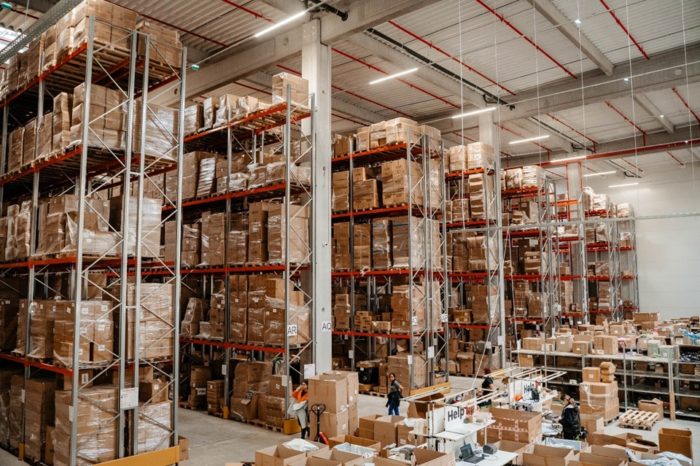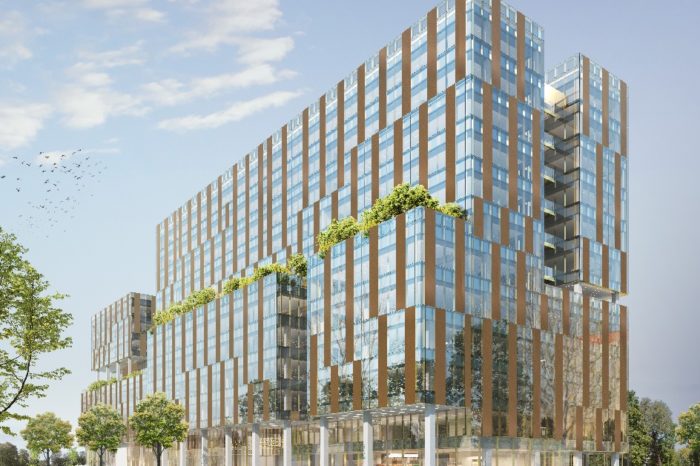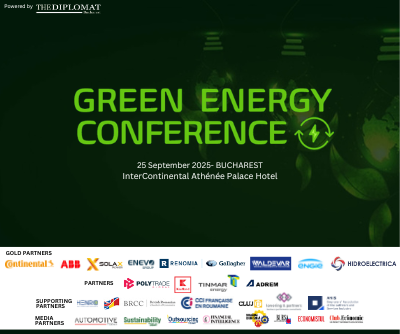Colliers: Romanians prefer the hybrid work system, like most European citizens

Current trends in the labor market and the future way of working will influence the evolution of business needs for office space in the following years. The demand will depend on each company’s remote work policy, which may or may not lead to a lower GLA, depending on the workplace, as well as on the hiring plans, according to Colliers consultants.
As near-term hiring intentions are encouraging enough, suggesting either stagnation or an expanding labor force, the major demand driver will be the business environment’s approach to the hybrid work regime. The office will remain the central element within companies, reveals Colliers in its latest “Exploring the post-COVID Workplace” report, since work-from-home cannot fully replace the importance that offices have as a medium for building teams, mentoring and corporate culture.
Further, Colliers consultants expect a new way of working, which will involve a mix between work from the office and from distance, from home or from other spaces, and a recovery for the labor market taking place in about roughly one year versus two years in most cases following the 2008 global financial crisis.
During the pandemic, more than 4,000 professionals globally have used Workplace Expert, an innovative online tool developed by Colliers to help businesses determine the optimal work environment for their organization and people. Based on data that has been collected during the pandemic period through Workplace Expert, Colliers consultants now have an initial view of how organizations are thinking and provide insights into what direction companies are heading.
The three main goals that companies have in mind when rethinking their post-Covid strategies in the workplace are flexibility (14% of the responding companies), productivity (11%) and collaboration within teams (10%), notes Colliers in its “Exploring the post-COVID Workplace” report. Cost reduction (9%) is also important for many companies, but often not seen as a standalone goal. Most organizations set the ambition to create an office that positively impacts on business performance, which is likely to have a larger positive financial impact than pure cost reduction. Other goals mentioned in the study are collaboration across teams, attracting and retaining talent, employee engagement, client focus, innovation, wellbeing, and sustainability.
Same Colliers data suggest that most organizations that are transforming offices decide to create team areas or home bases. A team area does not necessarily have to be a fixed physical area in the office. It could potentially change (on a daily, weekly, or monthly basis) based on when and how often team members come to the office. Within the home base most companies implement maximum flexibility, with no individually dedicated desks. Work is often a blend of collaborative and individual activities, which makes organizations decide to continue to create individual work settings and focus spaces.

In other words, “offices will increasingly become social meeting places to collaborate, connect and interact with teams. On average, up to 70 percent of office space pre-COVID was allocated to individual work settings. In post-COVID workplace strategies it is rebalanced to on average between 20-40 percent for individual settings and between 60-80 percent for collaborative settings”, explains Dominique Bogdanas, Workplace Advisory Specialist Office 360° at Colliers.
But differences per industry have been identified, according to Colliers consultants. Organizations in the Public sector and Transport & Logistics sector strategies their future workplace requirements based on a higher presence in the office (over 68% working from the office) compared to other industries. Organizations in the Retail, Professional Services, Energy & Utilities and Automotive sectors strategies based on the lowest presence in the office (about 50% working from the office).
Differences are identified also between countries across Europe. The Czech Republic and the Netherlands show the highest intention of working from home post-COVID (49 and 46 percent respectively), shows the “Exploring the post-COVID Workplace” report. Colliers data collected in 2020 shows a high desire for a hybrid work system in Romania also (43% remote work and 57% working from the office). The UK and Germany stand out due to the relatively high intention of working from client/partner locations (23 and 20 percent respectively).
“Finding the most effective balance between working from the office and working remotely post-pandemic is arguably the most pressing question companies face. Because every company is different both in terms of business model and in terms of divestment of activities, companies need different approaches. The post-COVID office allows teams to find the right ways to work better. Post-COVID office is facilitating teams to find the right work settings for their team collaboration. The office of the future is integrating the virtual and physical world and facilitating teams to work together. Colliers responds to current challenges and future needs in the office market with Office 360°, a comprehensive approach to defining the office space strategy in order to meet the needs and strategic plans of companies”, explains Daniela Popescu, Associate Director Tenant Services & Workplace Advisory Office 360° at Colliers.
Organizations have already started strategizing, resizing and rebalancing their offices to suit the needs of a post-COVID world and the fact that the labor market is recovering rapidly influences also the demand for future office spaces. Looking at surveys undertaken by the European Commission with regards to local companies’ short-term hiring intentions (next 3 months) in a variety of officeable sectors, Colliers consultants note that in (almost) all instances, near term hiring intentions are at or above the long-term averages, suggesting either stagnation or an expanding labor force. Most of the sectors have already surpassed 2019 levels, not just the historic average. For instance, for companies dealing with employment activities, hiring is comfortably above 2019 and even 2018 levels. So is that for computer programming. To summarize, levels are usually quite a long way off from the record highs set in the previous business cycle, but the fact that the recovery is taking place so fast is encouraging enough.
The first quarter of 2021 saw a total demand of a bit over 54,000 square meters of leasing activity, which, while still down compared to last year’s first quarter (61,000 square meters), is on par with the quarterly average of the whole 2020. Also, the new demand stood at 21,700 square meters, largely thanks to a sizable relocation from a non-competitive building (Superbet – c.8,200 square meters), below last year’s 29,000 square meters, as well as the pre-pandemic trend of a quarterly average around 35,000 square meters.
“We excluded a sizable chunk of deals from the gross demand figure (some 7,700 square meters of leasing deals) as these were concluded in office buildings not included in the overall stock. Wipro Technologies accounted for the quarter’s biggest deal, of around 11,000 square meters”, says Daniela Popescu.


















